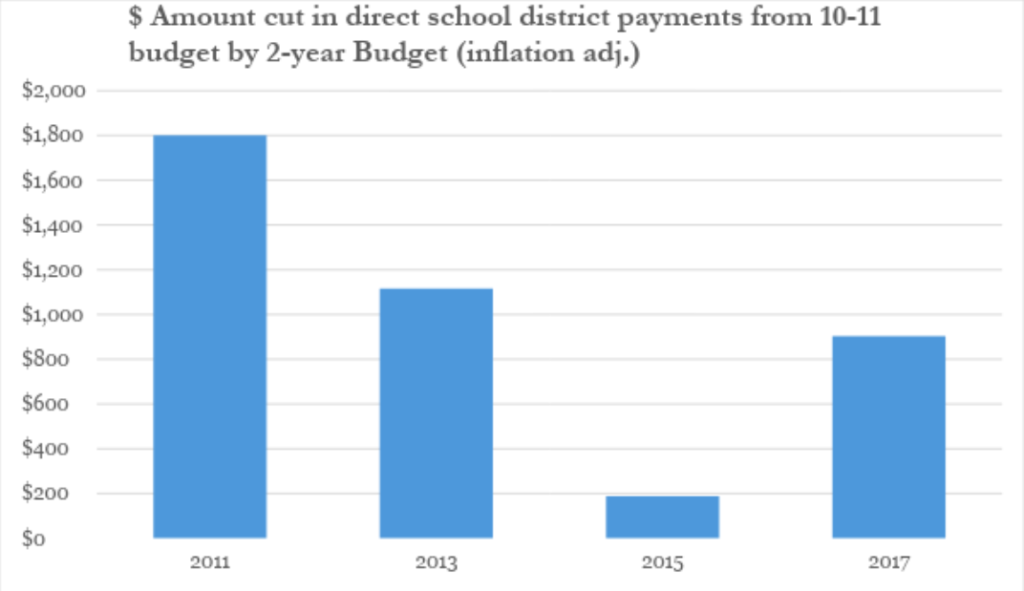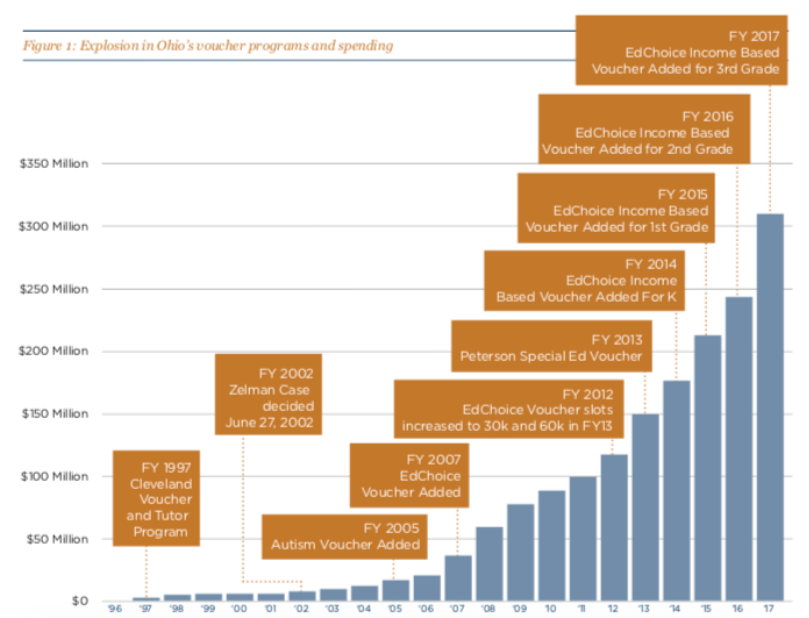
Both chambers are working on legislation to limit the ability for businesses to be sued for liability during the COVID pandemic emergency. A Senate committee will hold a third hearing and vote on that chamber’s version of the bill (SB308) while the House plans two hearings this week to consider the House Bill (HB606).
Lawmakers last week introduced new legislation (SB311) to rescind current health emergency orders and limit the power of the Director to enact new orders.
The House and Senate have session scheduled for Wednesday with an additional meeting of the House penciled in for Thursday if necessary.
New Legislation This Week
Several new bills were introduced last week that we will be monitoring. You can also view the complete list of bills we’re tracking.
- House Bill 633 (Boggs) – Workers Compensation – To make COVID-19 contracted by specified types of employees an occupational disease under the Workers’ Compensation Law under certain circumstances and to declare an emergency.
- House Bill 634 (Denson, Upchurch) – Marijuana – To allow for the cultivation and possession of marijuana, to modify possession and cultivation penalties, and to allow for the expungement of certain marijuana convictions.
- House Concurring Resolution 27 (Russo) – Health Insurance – To urge the Centers for Medicare and Medicaid Services to immediately issue a special enrollment period through HealthCare.gov for uninsured Ohioans who may be unable to access COVID-19 testing and treatment.
- Senate Bill 311 (McColley, Roegner) – Health Orders – To rescind certain orders of the Director of Health regarding COVID-19, to require the approval of the Joint Committee on Agency Rule Review for Department of Health orders to be effective for more than fourteen days, to require statewide Department of Health orders to include the Governor’s signature, to modify the Department’s rulemaking authority, to allow in-person high school graduation ceremonies, and to declare an emergency.
Statehouse Meetings and Events
Tuesday, May 12
- 9 am – House Criminal Justice – 7th hearing (all testimony, possible amendments & vote) on HB3 (Domestic Violence). Statehouse Room 017. Watch online at ohiochannel.org.
- 10 am – House Insurance -1st hearing (sponsor) of HCR27 (Emergency Health Insurance Enrollment), HB571 (Occupational Diseases), and HB579 (COVID Testing). Statehouse Room 116 (overflow in Room 114 for social distancing). Watch online at ohiochannel.org.
- 10am – House Rules and Reference – meeting to set agenda for May 20 House session. Statehouse Room 018 (overflow in 017). No broadcast.
- 1 pm – House Finance – 8th hearing (all testimony, possible amendments & vote) on HB388 (Out of Network Care) and 2nd hearing (all testimony) on SB310 (Federal Funds). Statehouse Room 313. Watch online at ohiochannel.org.
- 1:30 pm – Senate Finance – Invited testimony from Buckeye Association of School Administrators, Ohio School Boards Association, Ohio Education Association, and Ohio Federation of Teachers on re-opening of K-12 schools for 2020- 2021 school year. Senate Finance Hearing Room. Watch online at ohiochannel.org.
- 2 pm – Gov. DeWine Briefing on COVID-19. Watch online at ohiochannel.org.
- 3 pm – House Civil Justice – 3rd hearing (all testimony) on HB606 (Civil Immunity) and SB175 (Firearms Immunity). Room 121 (overflow in Room 122). Watch online at ohiochannel.org.
- 3 pm – House Higher Education – 1st hearing (sponsor) on SB40 (Campus Speech). Statehouse Room 116 (no overflow). Watch online at ohiochannel.org.
Wednesday, May 13
- 9 am – House Civil Justice – 4th hearing (all testimony, possible amendments, and substitute) on HB606 (Civil Immunity). Statehouse Room 116 (overflow in 114). Watch online at ohiochannel.org.
- 9:15 am – Senate Judiciary – 3rd hearing (all testimony, possible amendments, and vote) on SB308 (Civil Immunity). Senate South Hearing Room. Watch online at ohiochannel.org.
- 11 am – Senate Rules and Reference – meeting to set agenda for May 20 Senate session. Senate Majority Conference Room. No broadcast.
- 11:45 am – House Rules and Reference – meeting to set agenda for May 21 House session. Statehouse Room 017 (overflow in Room 018). No broadcast.
- 1 pm – House Session – agenda TBD. Watch online at ohiochannel.org.
- 1:30 pm – Ohio Senate – agenda TBD. Watch online at ohiochannel.org.
- 2 pm – Gov. DeWine Briefing on COVID-19 – Watch online at ohiochannel.org.
- 3 pm – Senate Local Government – 2nd hearing (all testimony, possible amendments & vote) on HB242 (Plastic Bag Ordinances). Senate South Hearing Room. Watch online at ohiochannel.org
Thursday, May 14
- 1 pm – House Session – agenda TBD. Watch online at ohiochannel.org.
- 2 pm – Gov. DeWine Briefing on COVID-19 – Watch online at ohiochannel.org.
Friday, May 15
- 2 pm – Gov. DeWine Briefing on COVID-19 – Watch online at ohiochannel.org.



